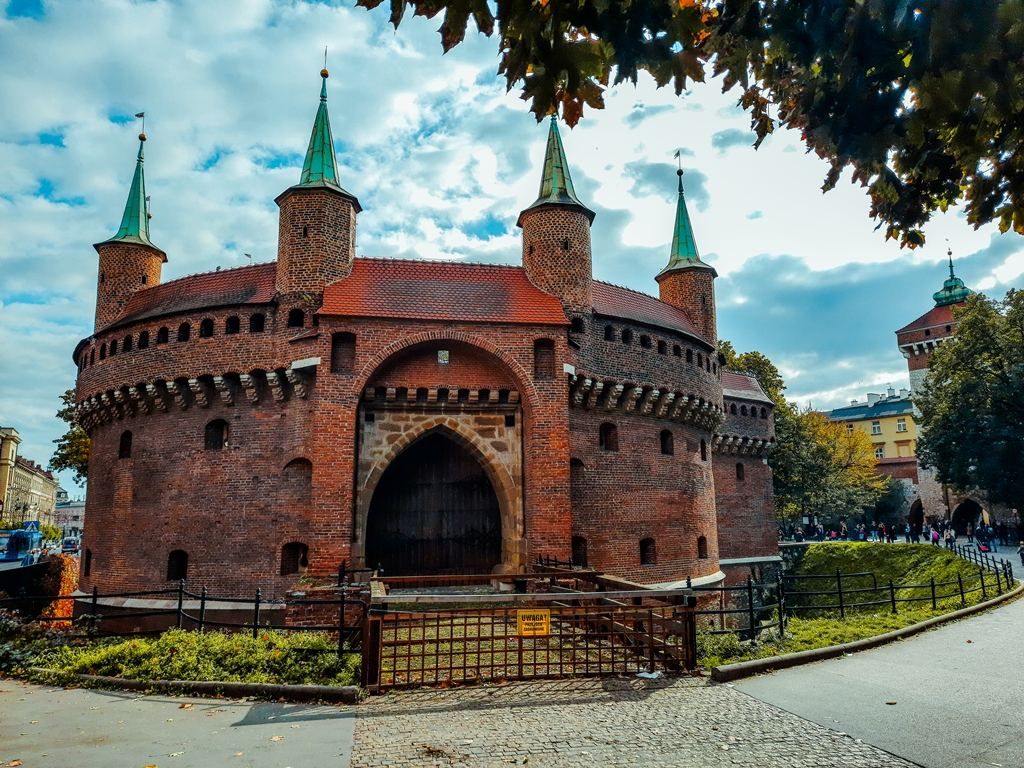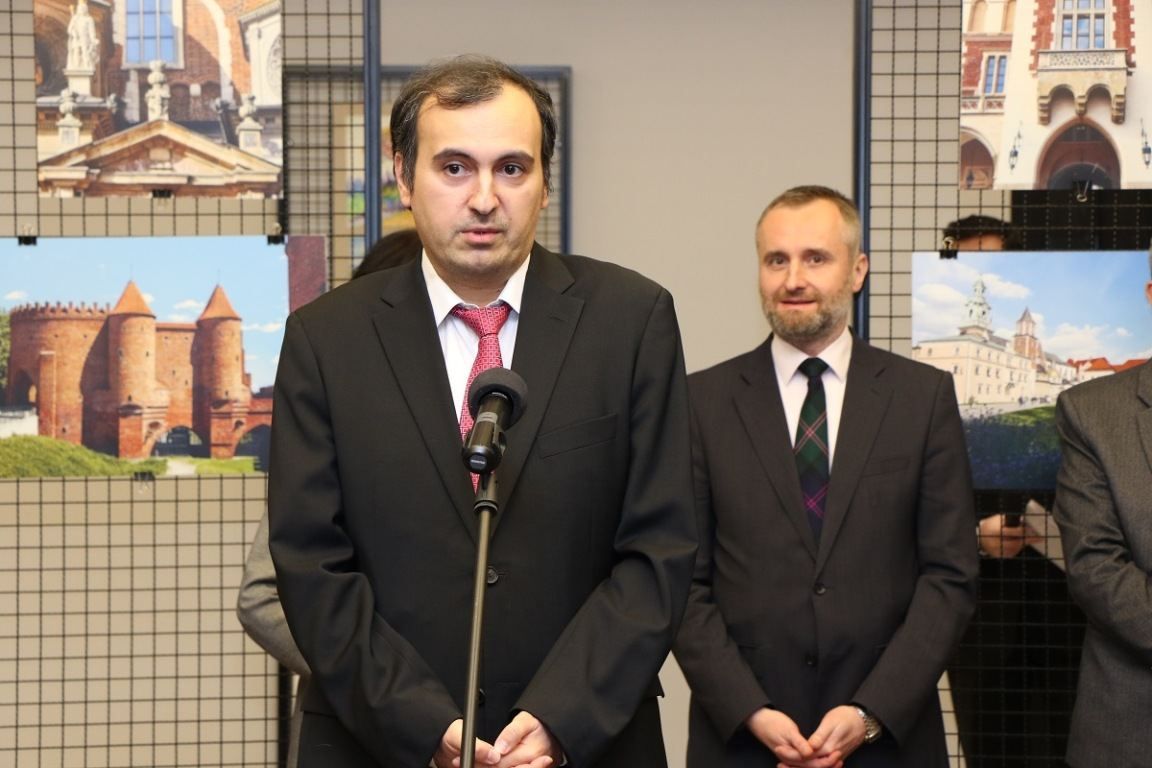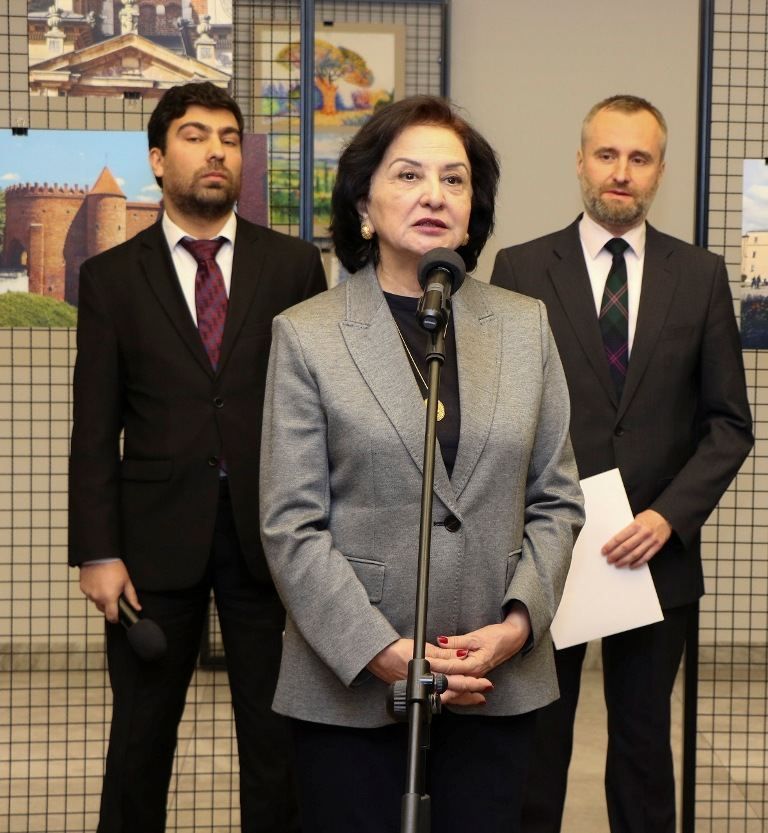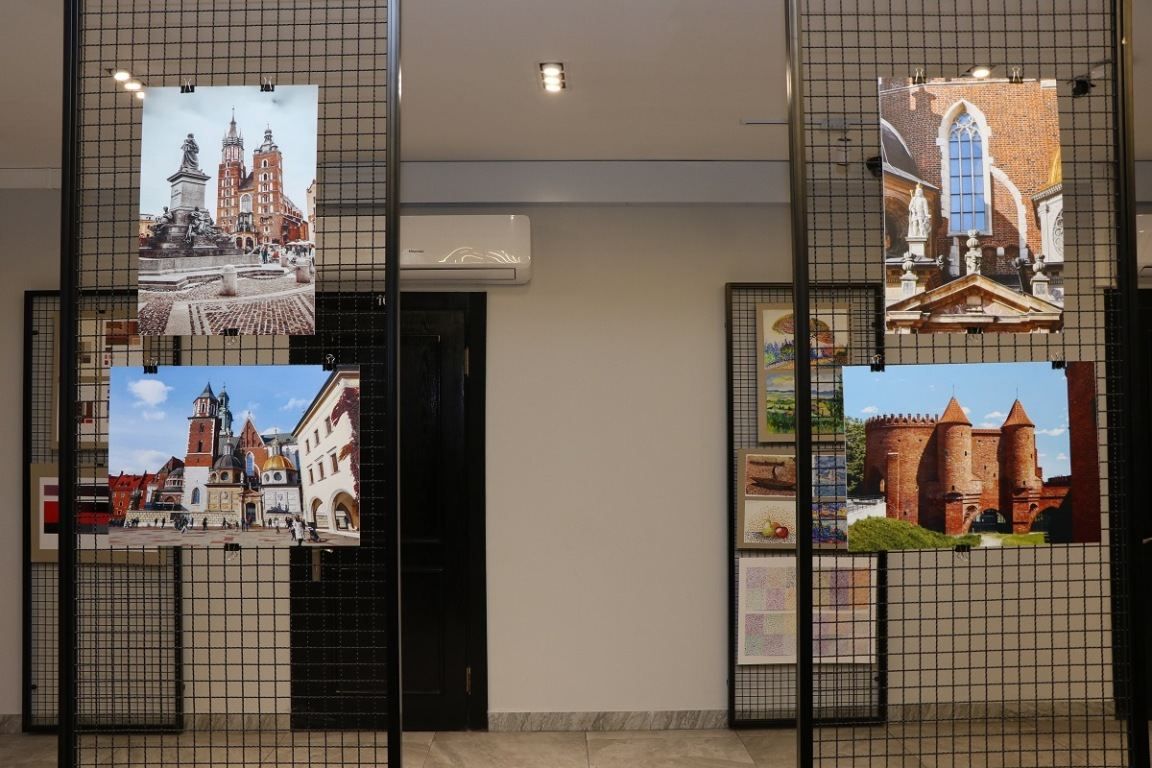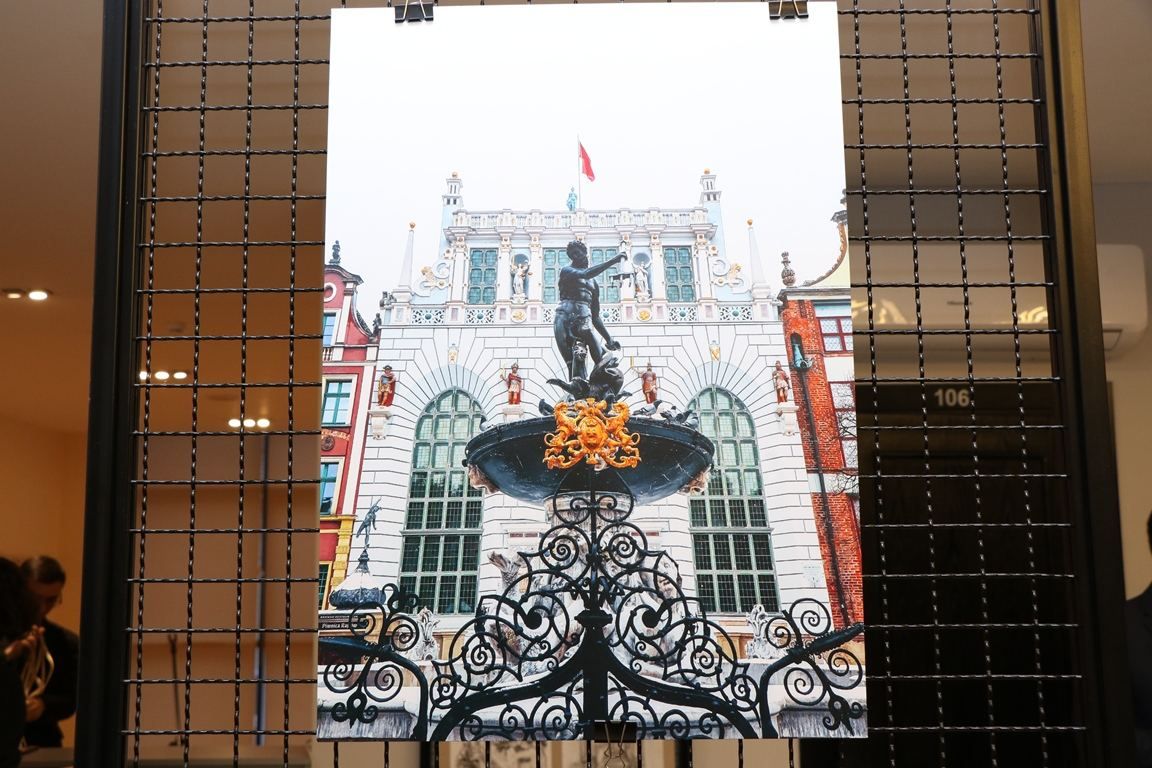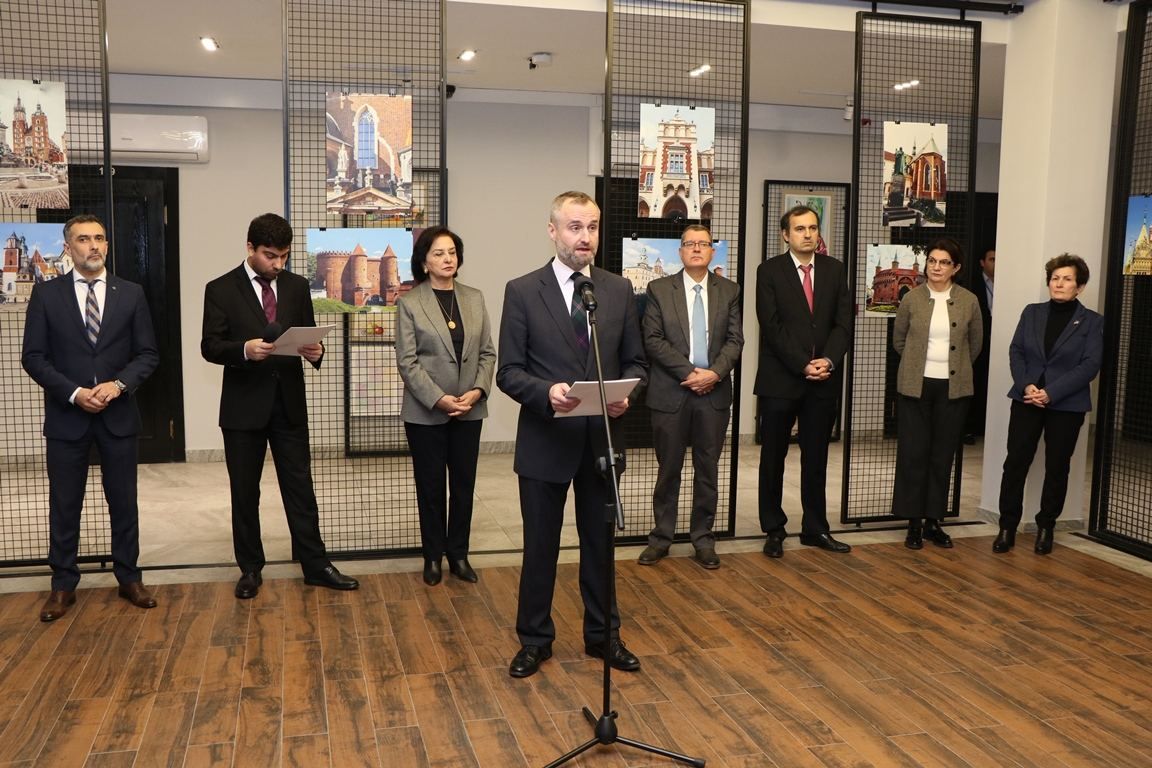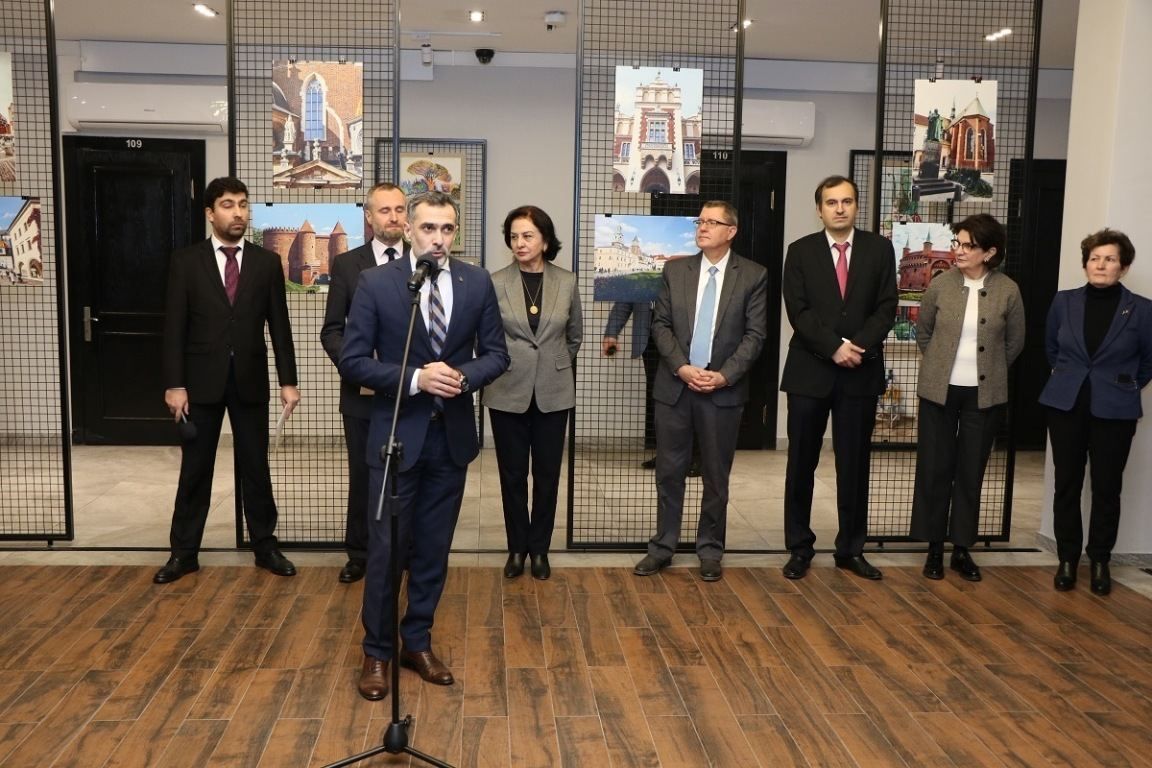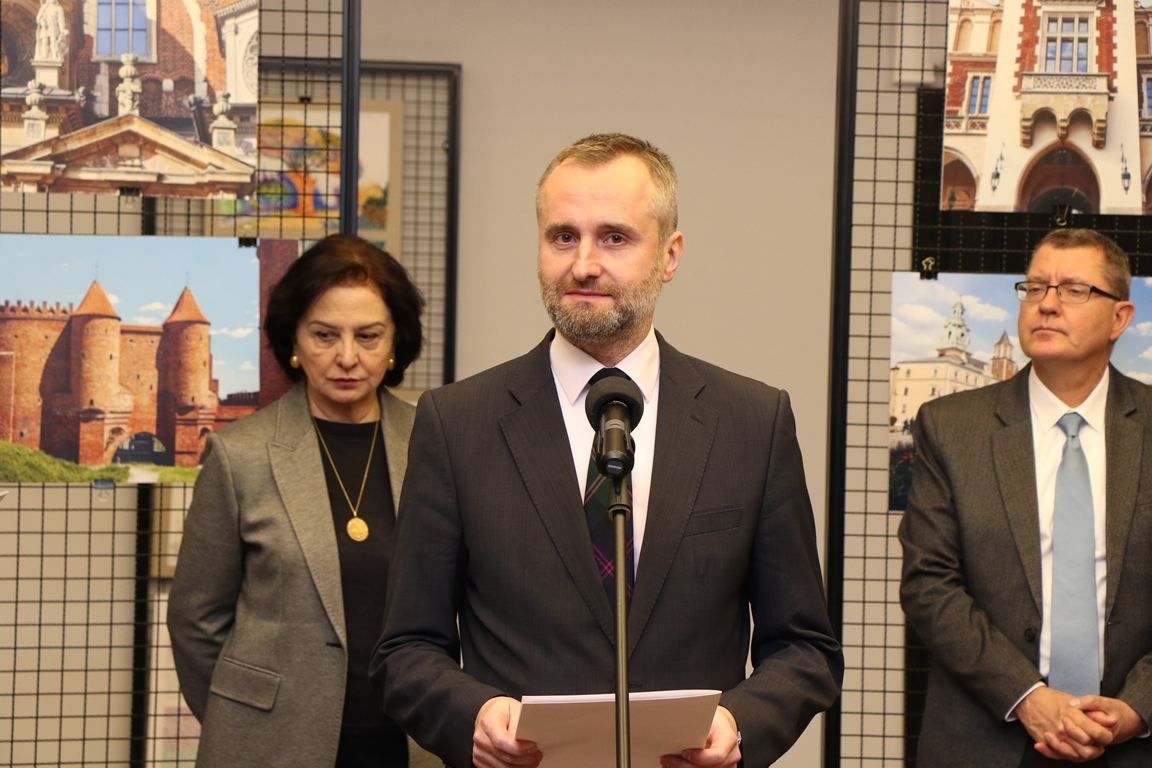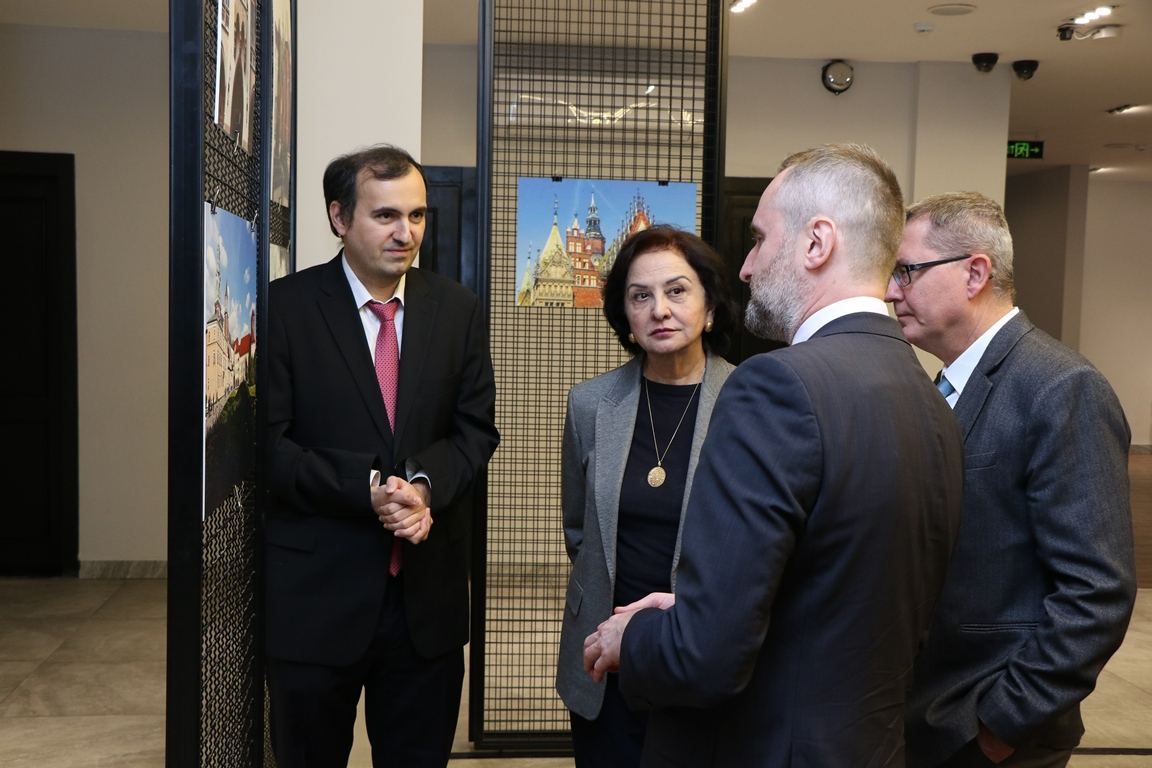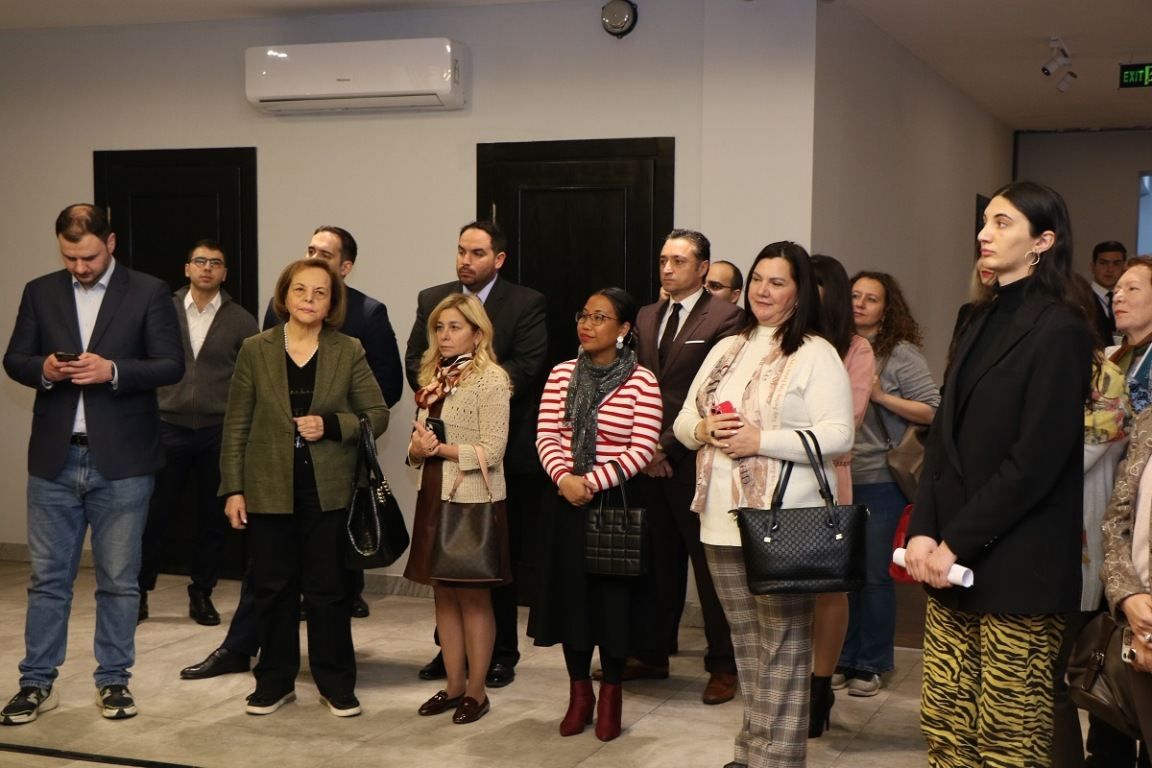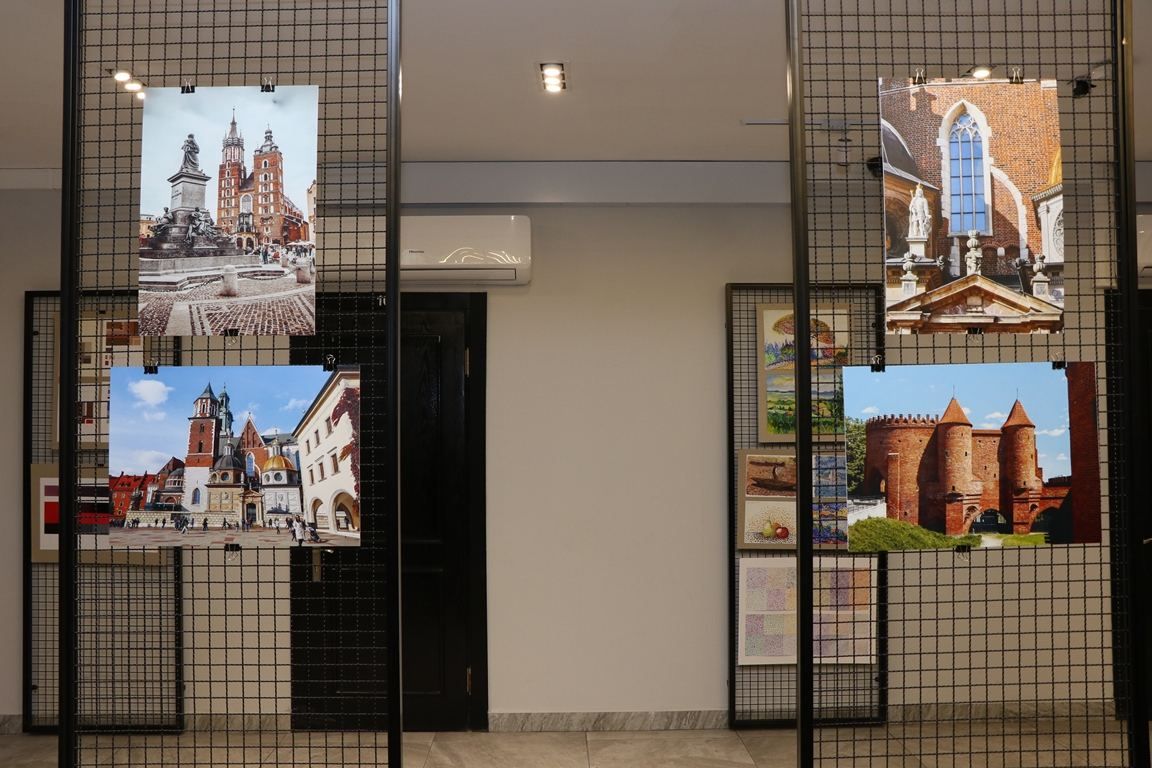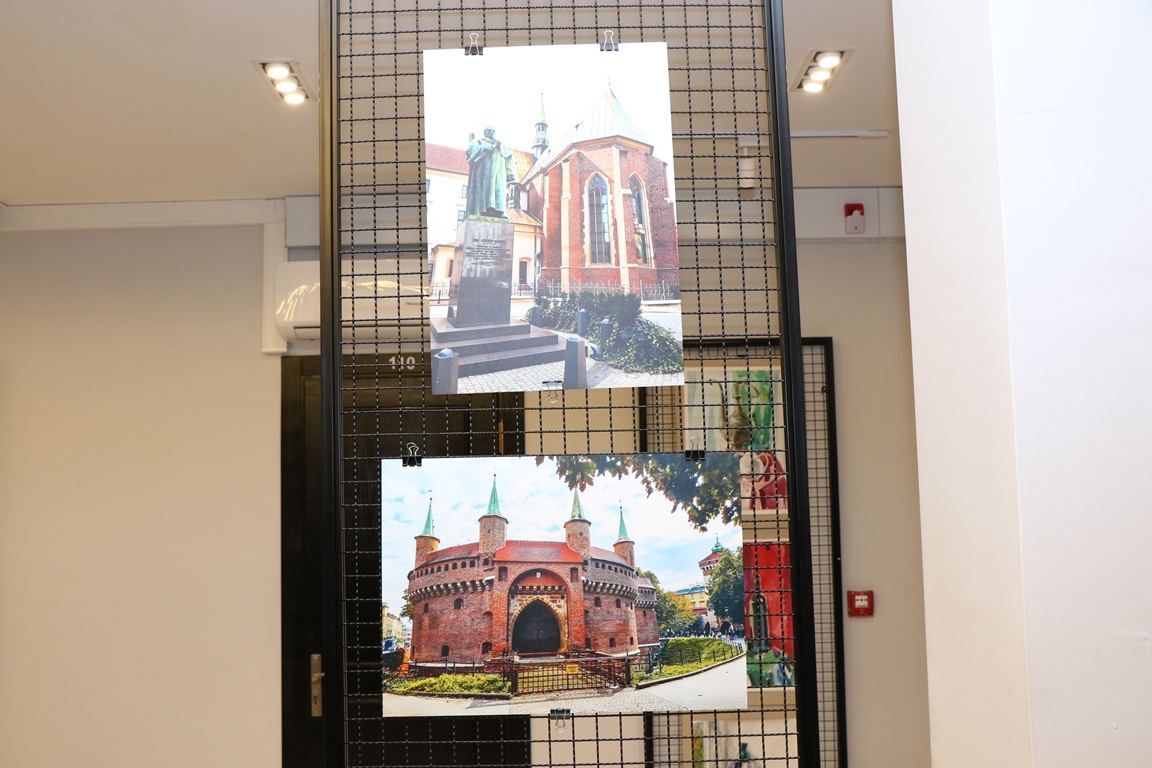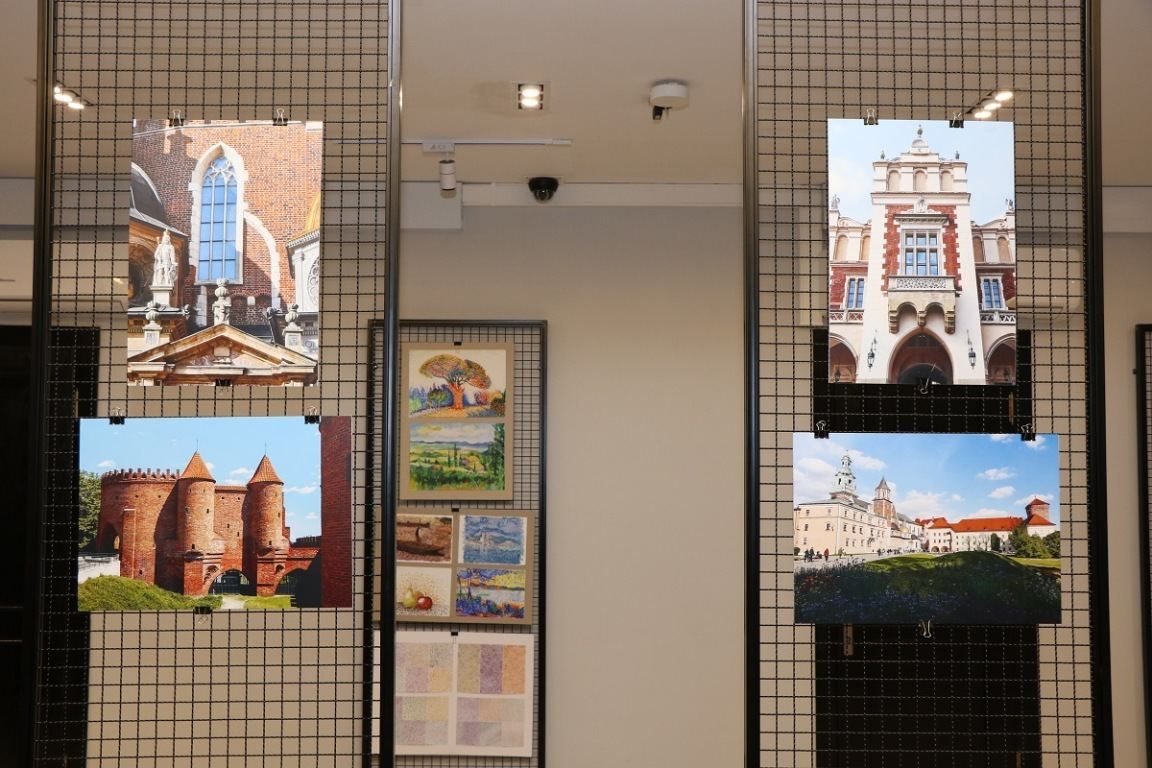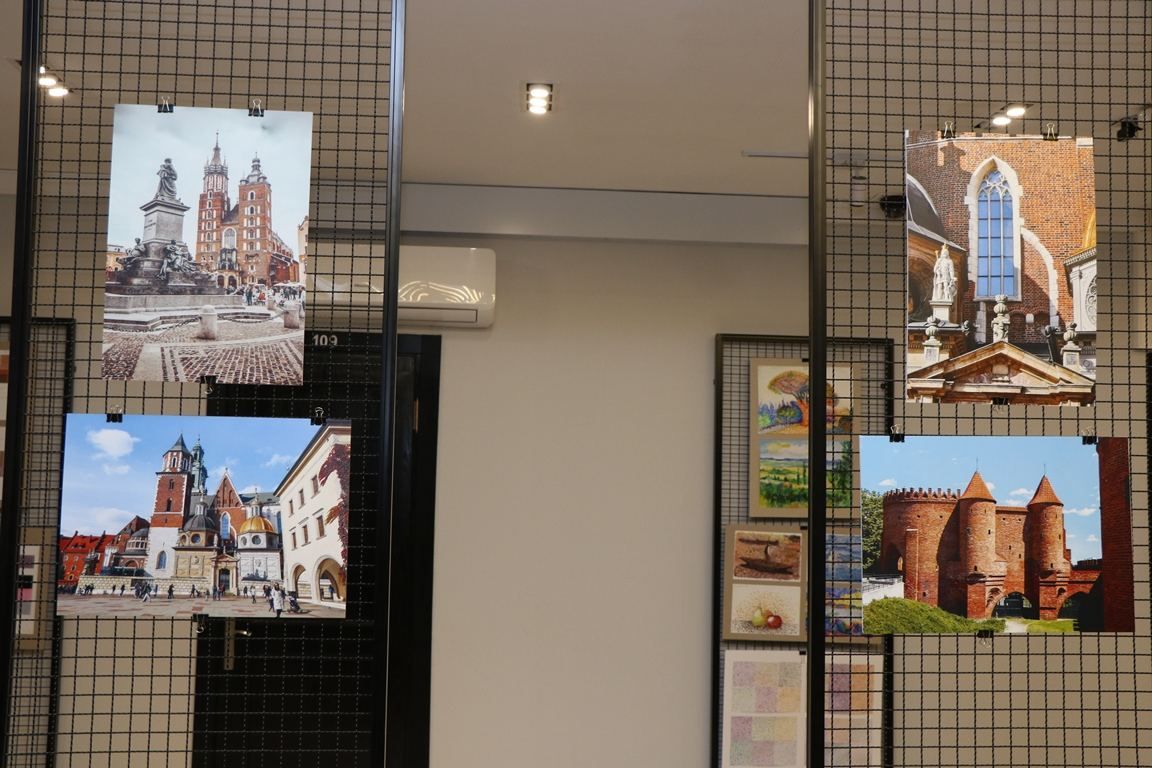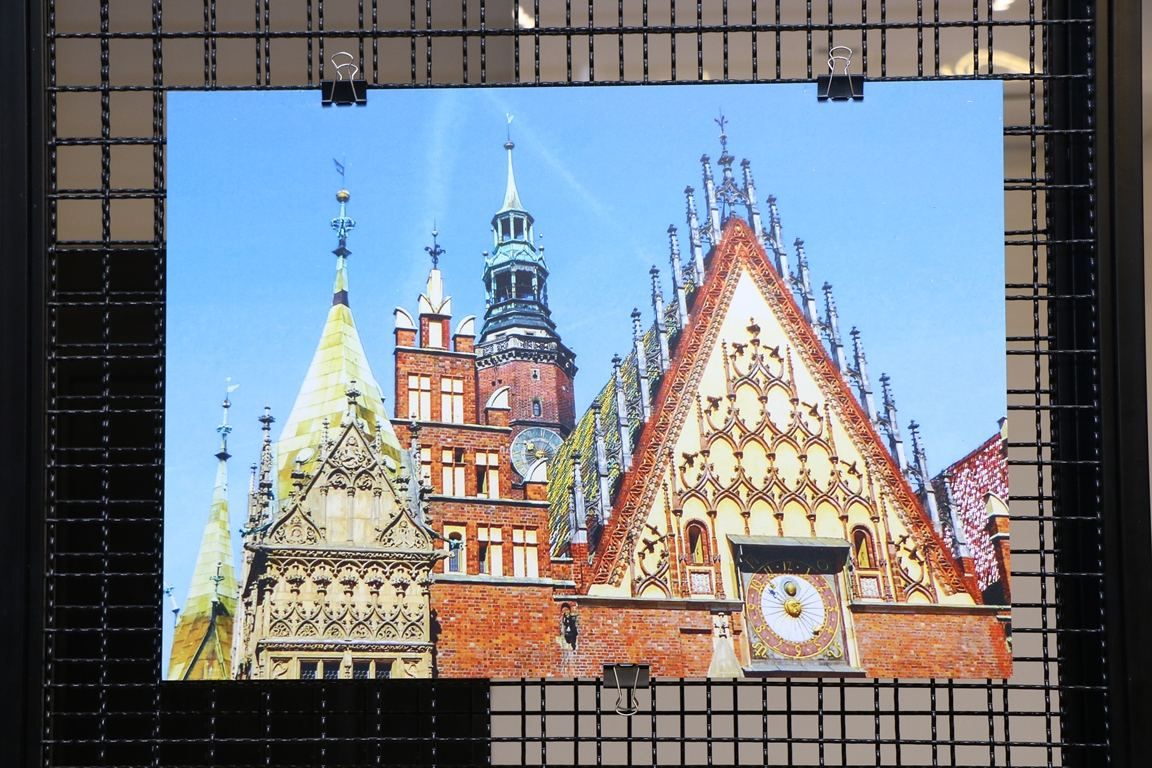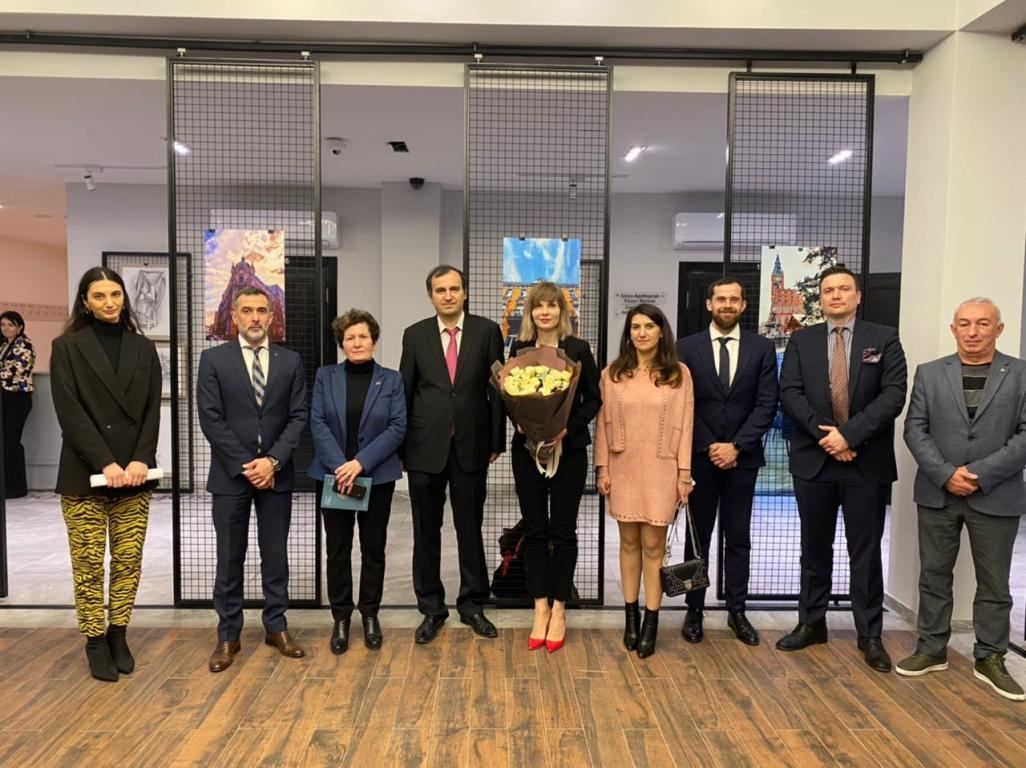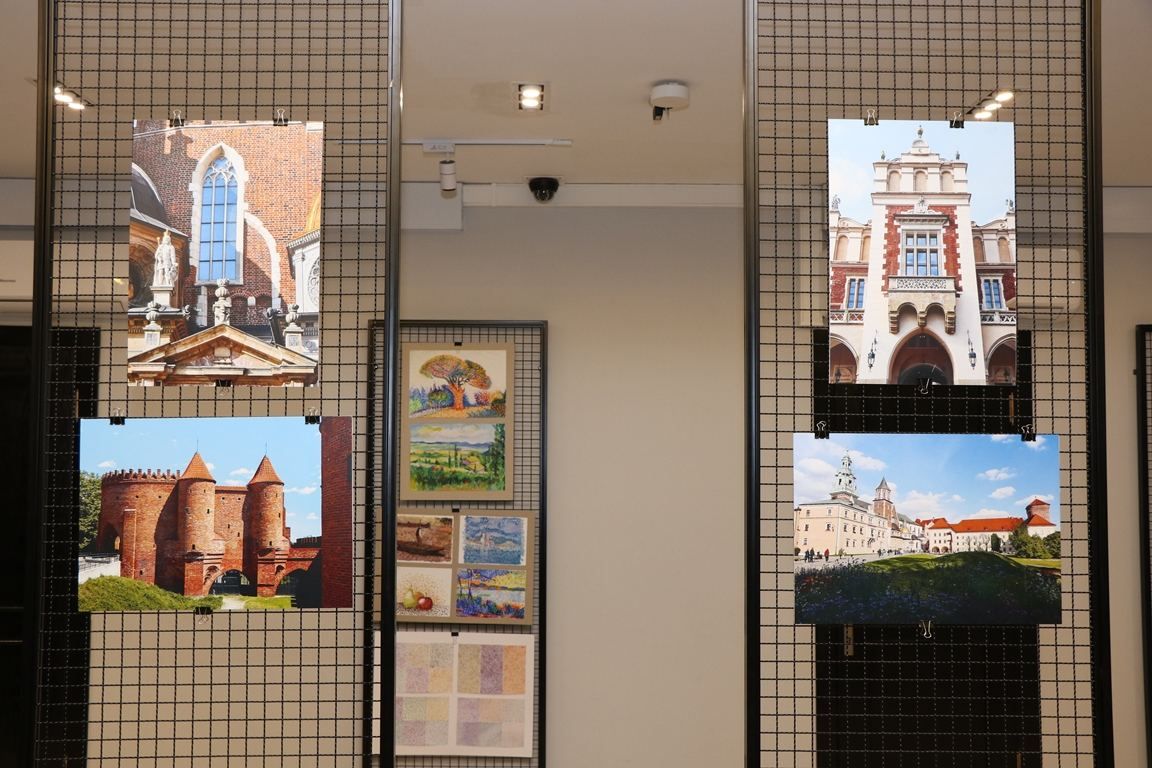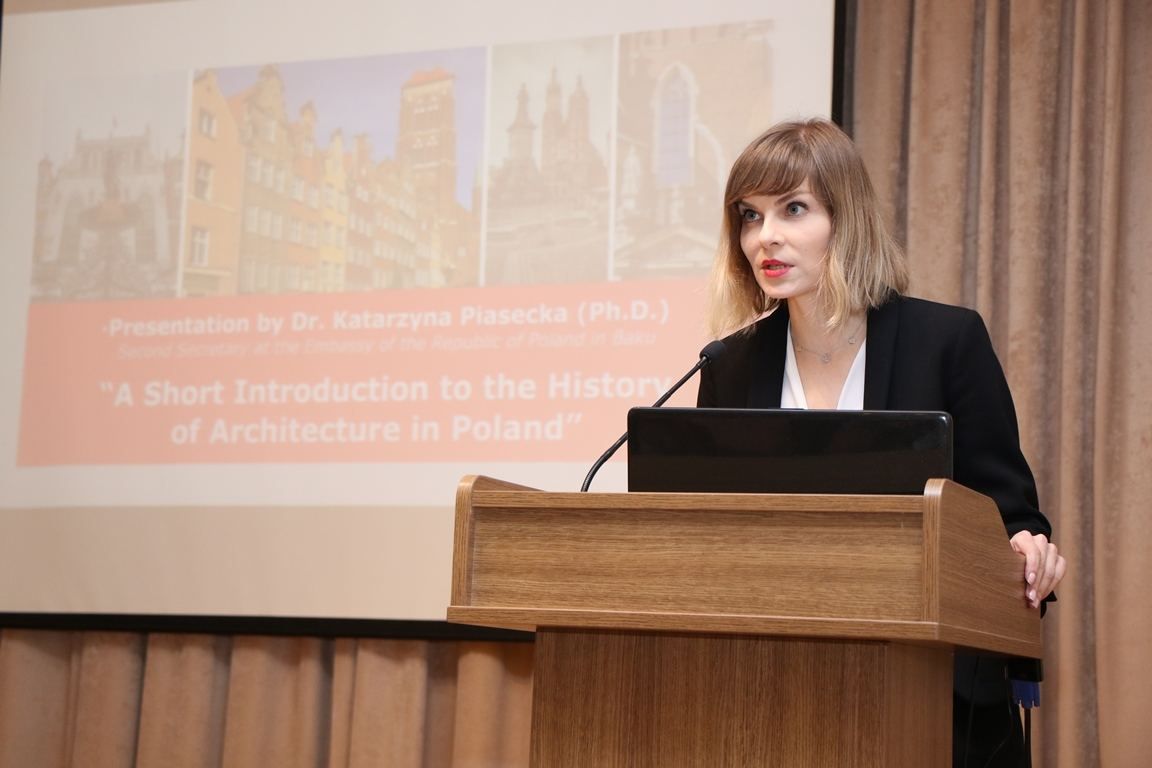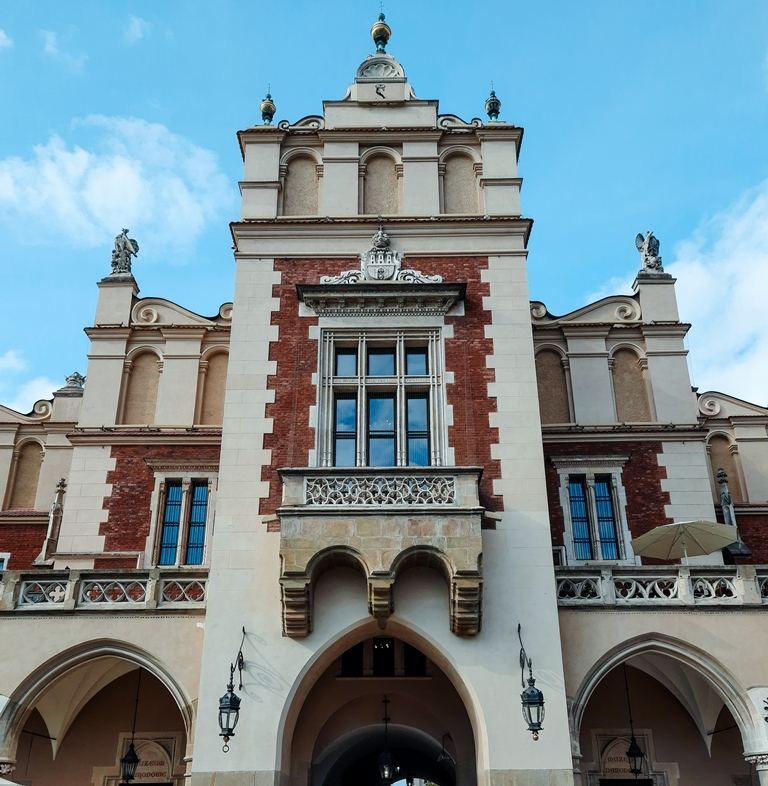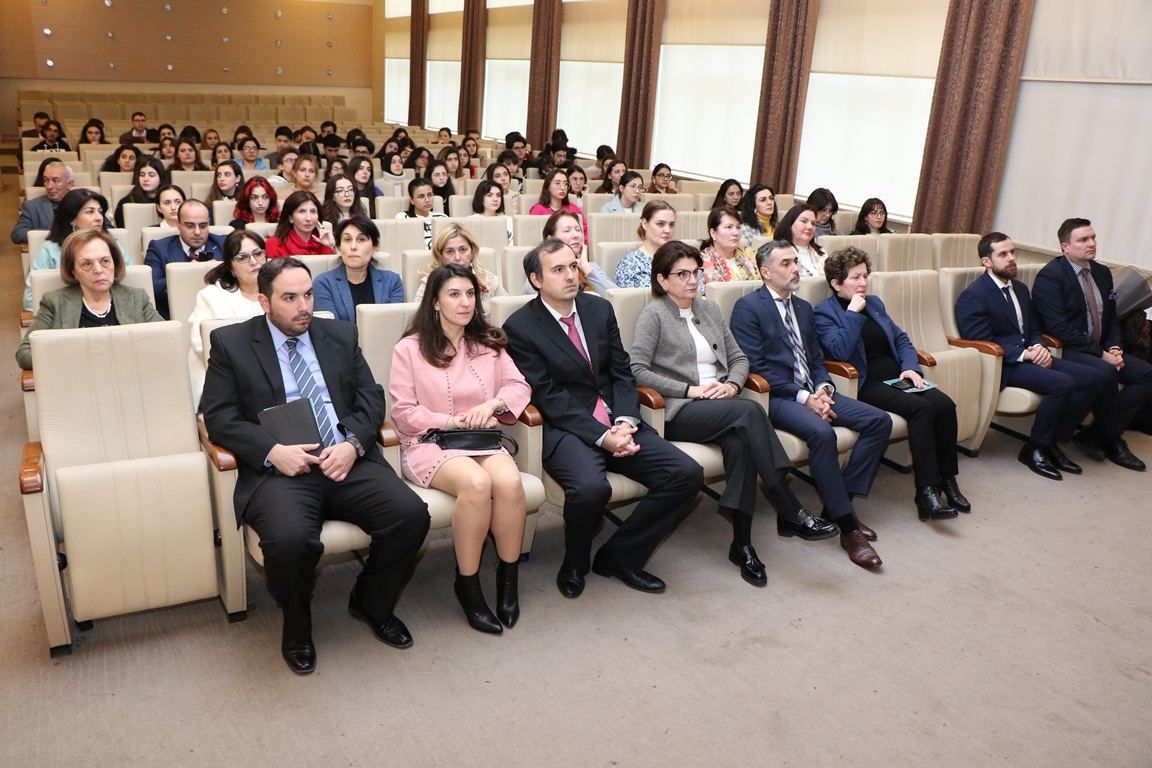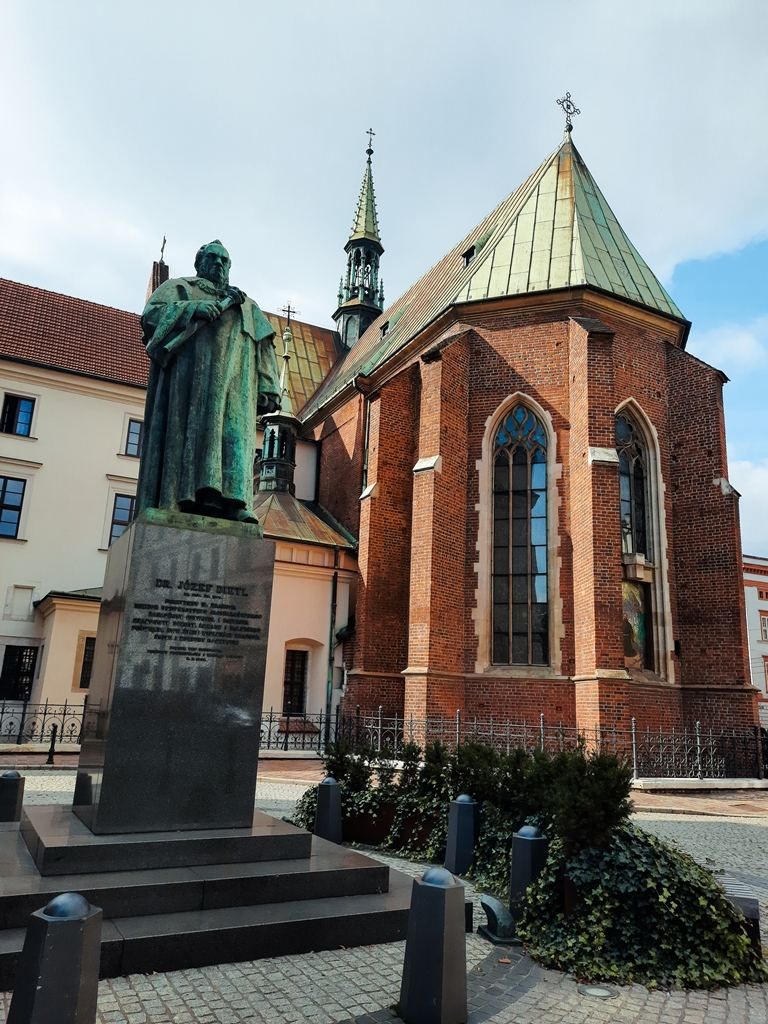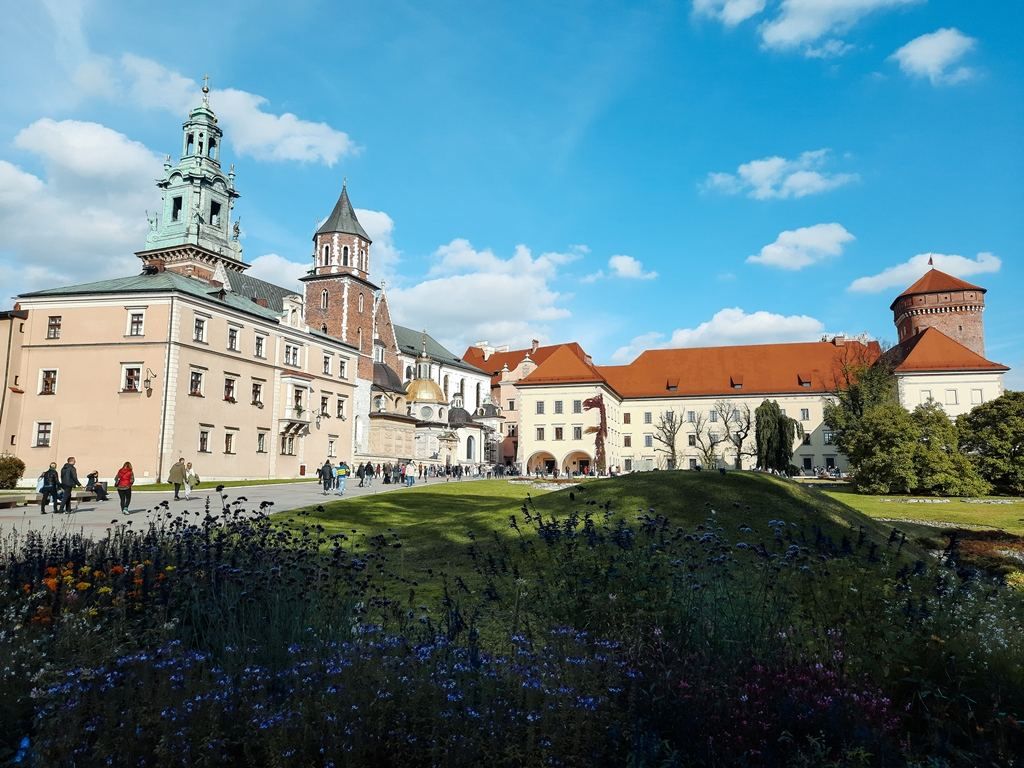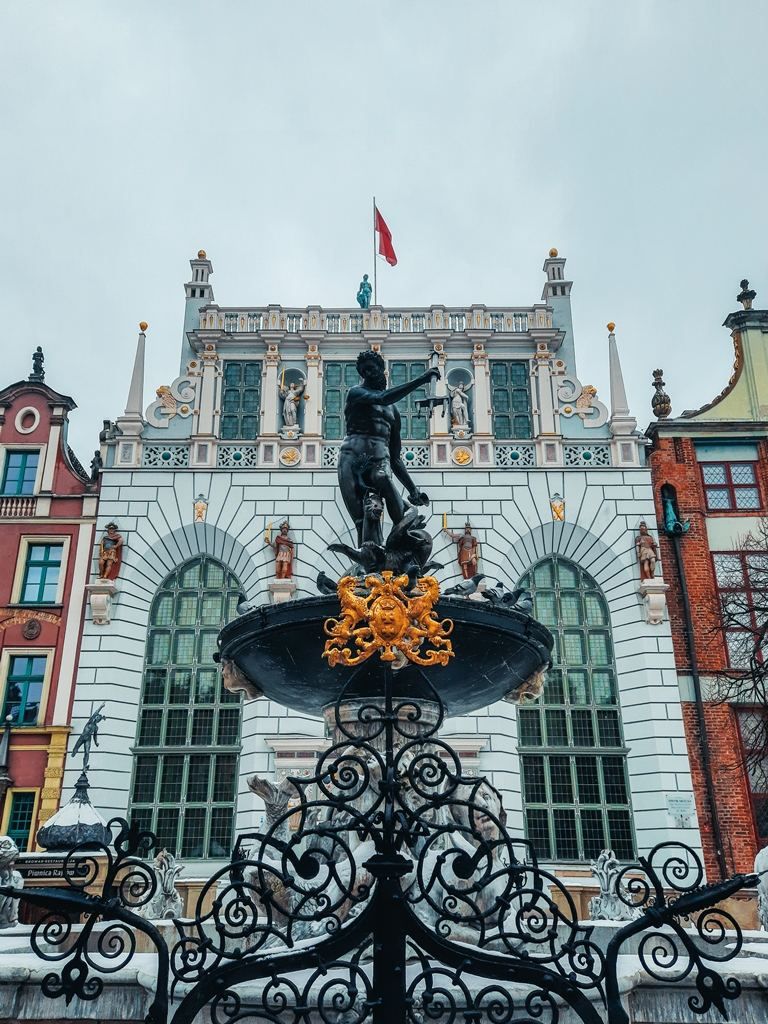Polish history & architecture in lens of photographer [PHOTO]
![Polish history & architecture in lens of photographer [PHOTO]](https://www.azernews.az/media/2022/12/26/polishculturalsites26.jpg)
By Laman Ismayilova
Professional photographer Aydin Sadixov has traveled around European countries, capturing some of the most famous landmarks.
Throughout his journey, the photographer showcases stunning historical and cultural monuments of great importance.
The project is organized in partnership with the Italy-Azerbaijan Design Center for a period of two years and features separate events including photo exhibitions and presentations on the architectural masterpieces of different countries.
Poland is a dream country for any photographer, who is fascinated by centuries-old architectural sites.
In the heart of Europe, Azerbaijani photographer Jamshid Mustafayev captured breathtaking views of major landmarks for his exhibition.
As the project curator Aydin Sadixov told Azernews, the third exhibition held within the project "Architectural Masterpieces of the World" opened at the Azerbaijani University of Architecture and Construction.
Around eighteen photographers were on display as part of the exhibition organized in partnership with the Polish Embassy in Azerbaijan.
To note,Jamshid Mustafayev have previously presented several of his photo works taken in the city of Krakow within the "V4" group exhibition.
This time, the photographer did not limit himself to the presentation of the historical sights of one city but revealed the architectural monuments of several magnificent cities of Poland at once.
Each photo reveals the architectural splendor of temples, original and unique architectural elements of historical buildings, town halls, and statues, as well as the power and grandeur of castles and fortifications located in parts of the country.
The exposition demonstrates the photo works taken by him in Warsaw, Wroclaw, Gdansk, Krakow, and Katowice.
The event started with the opening speech of Rector of the University of Architecture and Construction, Prof Gulchohra Mammadova, Polish Ambassador to Azerbaijan Rafal Poborski, director of the Italy-Azerbaijan Design Center Farid Karimov as well as project curator, photographer and traveler Aydin Sadixov.
The event was attended by the diplomatic corps of the Polish Embassy in Azerbaijan, students, and teaching staff as well as media representatives.
After the official part, the project curator together with the representatives of the Polish Embassy conducted an interesting and very informative tour through the photographs presented at the exhibition and told in detail about interesting historical references, construction features, architectural style, and even a number of legends about all Polish historical sights.
During that short tour through the works, the curator answered all the questions of the guests and university students, who were actively interested in the development of Polish architecture in the different historical periods.
Polish architecture is a completely unique combination of different architectural styles, ranging from Romanesque and Gothic castles to modern post-modern complexes.
Most of the buildings shown on display belong to the periods of the Middle Ages and early modern times, styles - Gothic, Baroque, and Renaissance.
Historians say that the formation of the Polish state dates back to the 10th century AD.
The Polish state started to form as a result of the union of peoples living in the territories and places, where the cities of Krakow and Poznan are now located. Therefore, the most ancient Polish buildings have been preserved there, including religious ones. For instance, fragments of the 10th-century temple have been preserved in the Wawel Castle in Krakow.
Polish cities showcase the full range of European architectural styles. Thus, Romanesque architecture is clearly represented by religious buildings in the city of Krakow, the architecture of Gdansk is mainly represented by a unique brick Gothic style, while the architectural style of Wroclaw has a number of features of German architecture.
Known as the Polish ancient capital, the city of Krakow has one of the best-preserved Gothic and Renaissance urban complexes in Europe.
During the presentation of the exposition, Aydin Sadixov told a number of interesting historical facts, about the history of Polish architecture. Photo works representing incredible historical and architectural masterpieces of the Polish cities of Krakow and Gdansk take central places in the exposition presented within the event.
Krakow is the ancient capital of the Polish kingdom, located on the picturesque banks of the Vistula River.
This is a city with a thousand-year history, where monarchs were crowned and buried. The architecture of the city perfectly combines the charm of the Middle Ages, the Romanesque architectural style, Gothic, Renaissance, Baroque, and modern Art Nouveau.
The city of Krakow and its legendary Wawel Hill, on which the castle is located, are important historical and architectural masterpieces and symbols of Poland.
For centuries, well-known architects, craftsmen, and artists have created their unique image. Fortifications, valuable architectural monuments, and original sculptures attract thousands of architects and tourists from all over the world.
Krakow is also considered a Polish cultural capital, as numerous cultural festivals, holidays, and large-scale exhibitions are held here every year.
Thousands of the most valuable architectural monuments keep the memory of the outstanding history of Krakow and Poland. The history of Krakow is very beautiful and mysterious, there are many legends about it. The most famous, tells about the giant dragon "Smok".
None of the knights could vanquish the monster until a young shoemaker defeated the dragon.
Under Wawel Castle, you can see the entrance to the cave where, according to legend, the dragon lived. The first mention of the city dates back to 965.
In the XIV century, the first coronation took place here and Krakow acquired the position of the capital of the royal city. The architectural complex of the old town of Krakow is considered one of the most important cultural heritage monuments in Poland and in the world.
The urban plan of old Krakow has not changed for several centuries, and thanks to this fact, it has been perfectly preserved to this day, currently being a historical and architectural masterpiece of the world.
Starting from the XIII century, Krakow was surrounded by fortifications and defensive walls, and houses, churches, and palaces were built inside them. One of the important fortifications of the city is the Barbican.
This powerful fortification and defensive building, built in the Gothic style, played an important role in protecting the city. It was considered the most advanced achievement of military technology in the 15th century, it had 130 shooting ranges, and its walls were three meters thick, which ideally protected it from cannonballs. The entire fortification complex, along with the arsenal, surrounded by walls, ramparts, and ditches, was an almost unsurpassed barrier to the enemy.
Gdansk is the sea capital of Poland, one of the most beautiful places in the country. Gdansk is called the city of Neptune because it is completely cut by water channels. In addition, the city is famous for its amber and fertile lands. The city is steeped in Polish history and cultural traditions.
Gdansk is one of the oldest cities in Poland - the first mention of it was dated 997. Interestingly, the territorial and historical center of Gdansk is one of the largest in Poland and Europe. The architecture and atmosphere of Gdansk are special and unique, it is typical for the ancient port cities.
The architectural style of the streets is a mixture of late Gothic and Baroque motifs. Considering the features of the architecture of this city, it should be noted that it is an important open-air museum for a unique architectural style - brick Gothic.
The city contains a huge number of architectural monuments and houses made in this architectural style. The beautiful Gothic building of the city hall immediately attracts attention.
This 83-meter building, unique in its construction and architecture, with a tower decorated with clockwork, dates back to 1379. Now it houses the city museum. The building of the town hall is made of red brick, in the style of the Gothic-Renaissance.
The top of the town hall is crowned with a spire, and the upper tier of the tower is decorated with a city clock. The Neptune Fountain is a beautiful XVII-century fountain built on the initiative of the City Council. All sculptures of the fountain depict different sea creatures, both fictional and real.
On the second tier of the fountain, there is a sculpture of the most famous marine fairy-tale creature Neptune, which is one of the symbols of the city. The pier of the city is the hallmark of Gdansk. There are ancient stone buildings, towers, and part of the old city fortifications.
After viewing the photo exhibition, the guests of the event went to the assembly hall, where a lecture by Second Secretary of the Polish Embassy in Azerbaijan, Dr. Katarzyna Piasecka conducted by offered a brief look at how Polish architecture has changed over the ages. Dr. Katarzyna Piasecka traced the idiosyncratic features in the famous Polish buildings through various regions and stylistic trends.
The lecture also touched on the historic events that had an impact on the architectural environment. The lecture and photo exhibition aroused great public interest.
Aydin Sadixov has previously demonstrated architectural sites in Hungary, Slovakia and the Czech Republic within the project.
---
Follow us on Twitter @AzerNewsAz
Here we are to serve you with news right now. It does not cost much, but worth your attention.
Choose to support open, independent, quality journalism and subscribe on a monthly basis.
By subscribing to our online newspaper, you can have full digital access to all news, analysis, and much more.
You can also follow AzerNEWS on Twitter @AzerNewsAz or Facebook @AzerNewsNewspaper
Thank you!


